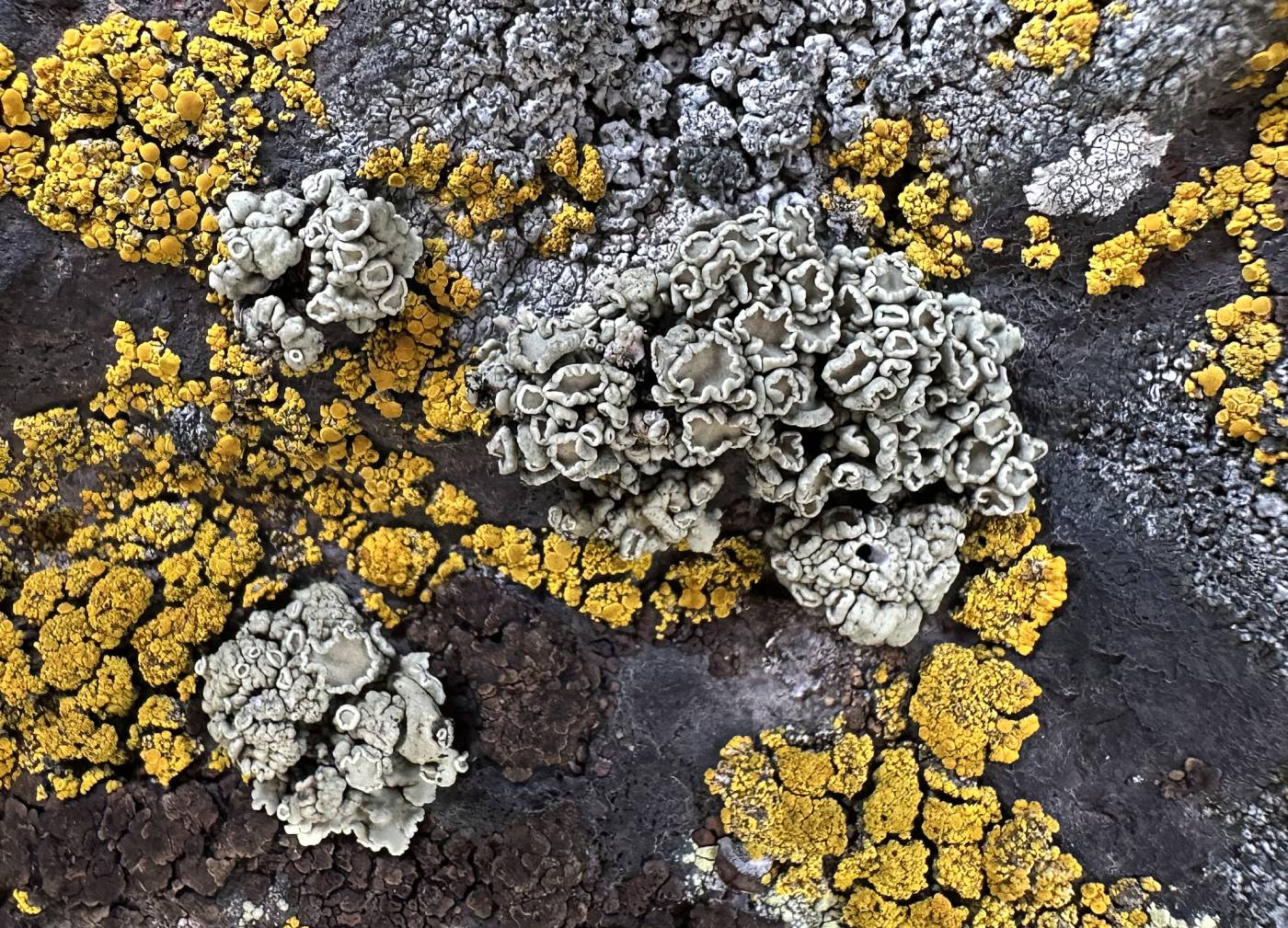A rather conspicuous lichen that forms a foliose to squmulose-umbilicate thallus and dark, more or less pruinose apothecia with a crenulate margin in the colour of the thallus. The R. melanophthalma complex is globally distributed and includes six cryptic species (Leavitt et al. 2013). In the Czech Republic, only R. melanophthalma s. str. is known from basalt rocks below the ruins of Košťálov Castle in the České středohoří Highlands. In general, it is a species of natural non-calcareous sunlit rocks that are enriched with nutrients. The source of nutrients often comes from the birds that preferentially stay on the tops of the rocks. The lichen's distribution ranges from xerothermic areas to above the upper tree line. In central Europe it is a rare relict habitat species, more common only at the higher elevations of the Alps.
Literature: Leavitt S. D., Fernández-Mendoza F., Pérez-Ortega S., Sohrabi M., Divakar P. K., Lumbsch H. T. & St. Clair L. L. (2013): DNA barcode identification of lichen-forming fungal species in the Rhizoplaca melanophthalma species-complex (Lecanorales, Lecanoraceae), including five new species. – MycoKeys 7: 1–22.
taxonomic classification:Ascomycota → Lecanoromycetes → Lecanorales → Lecanoraceae → Rhizoplaca
Red List (Malíček 2023):C1 – critically endangered
Occurrence in the Czech Republic
All records: 3, confirmed 3. One click on a selected square displays particular record(s), including their source(s).
